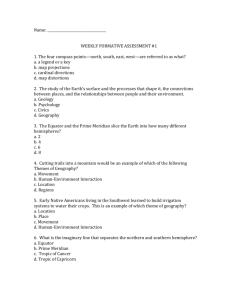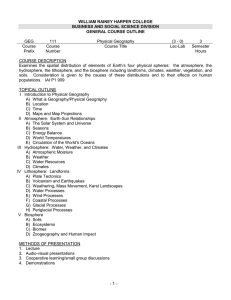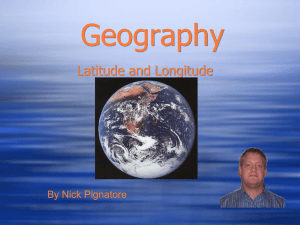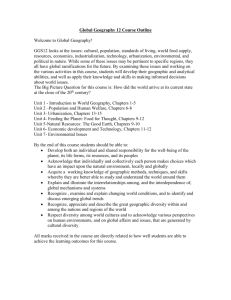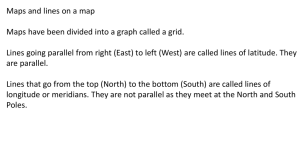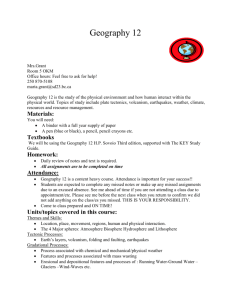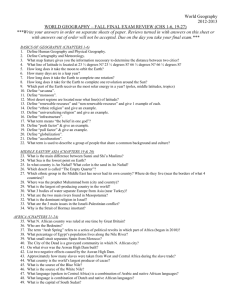How to Study for Pre-AP World Geography Unit Exam 1
advertisement
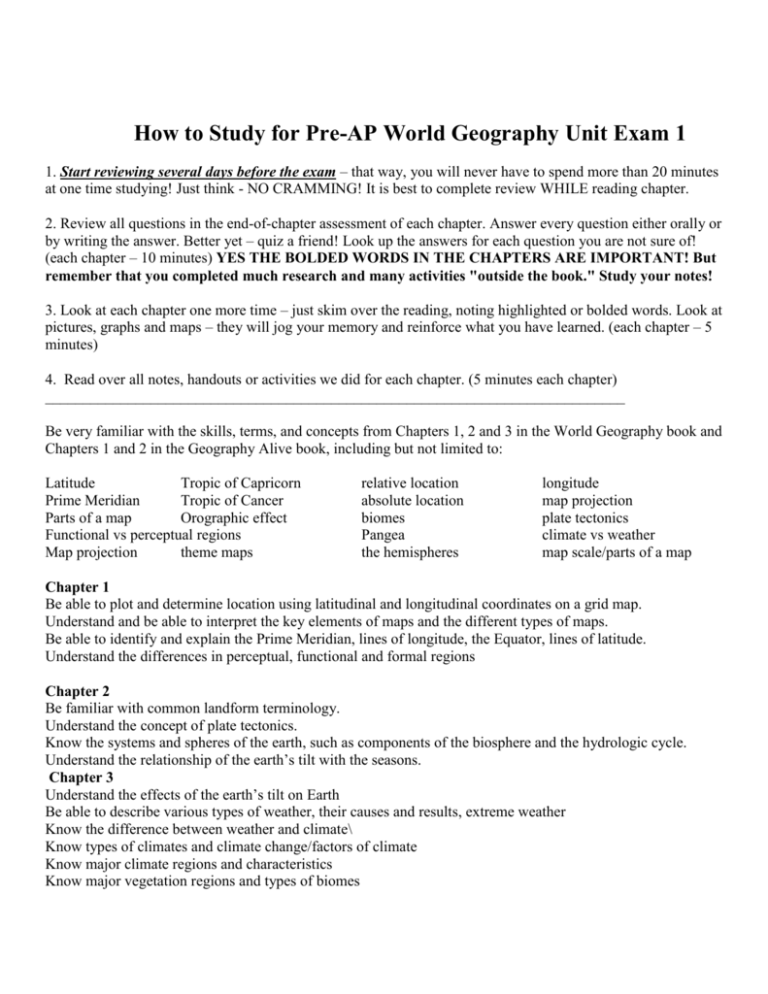
How to Study for Pre-AP World Geography Unit Exam 1 1. Start reviewing several days before the exam – that way, you will never have to spend more than 20 minutes at one time studying! Just think - NO CRAMMING! It is best to complete review WHILE reading chapter. 2. Review all questions in the end-of-chapter assessment of each chapter. Answer every question either orally or by writing the answer. Better yet – quiz a friend! Look up the answers for each question you are not sure of! (each chapter – 10 minutes) YES THE BOLDED WORDS IN THE CHAPTERS ARE IMPORTANT! But remember that you completed much research and many activities "outside the book." Study your notes! 3. Look at each chapter one more time – just skim over the reading, noting highlighted or bolded words. Look at pictures, graphs and maps – they will jog your memory and reinforce what you have learned. (each chapter – 5 minutes) 4. Read over all notes, handouts or activities we did for each chapter. (5 minutes each chapter) _____________________________________________________________________________ Be very familiar with the skills, terms, and concepts from Chapters 1, 2 and 3 in the World Geography book and Chapters 1 and 2 in the Geography Alive book, including but not limited to: Latitude Tropic of Capricorn Prime Meridian Tropic of Cancer Parts of a map Orographic effect Functional vs perceptual regions Map projection theme maps relative location absolute location biomes Pangea the hemispheres longitude map projection plate tectonics climate vs weather map scale/parts of a map Chapter 1 Be able to plot and determine location using latitudinal and longitudinal coordinates on a grid map. Understand and be able to interpret the key elements of maps and the different types of maps. Be able to identify and explain the Prime Meridian, lines of longitude, the Equator, lines of latitude. Understand the differences in perceptual, functional and formal regions Chapter 2 Be familiar with common landform terminology. Understand the concept of plate tectonics. Know the systems and spheres of the earth, such as components of the biosphere and the hydrologic cycle. Understand the relationship of the earth’s tilt with the seasons. Chapter 3 Understand the effects of the earth’s tilt on Earth Be able to describe various types of weather, their causes and results, extreme weather Know the difference between weather and climate\ Know types of climates and climate change/factors of climate Know major climate regions and characteristics Know major vegetation regions and types of biomes

